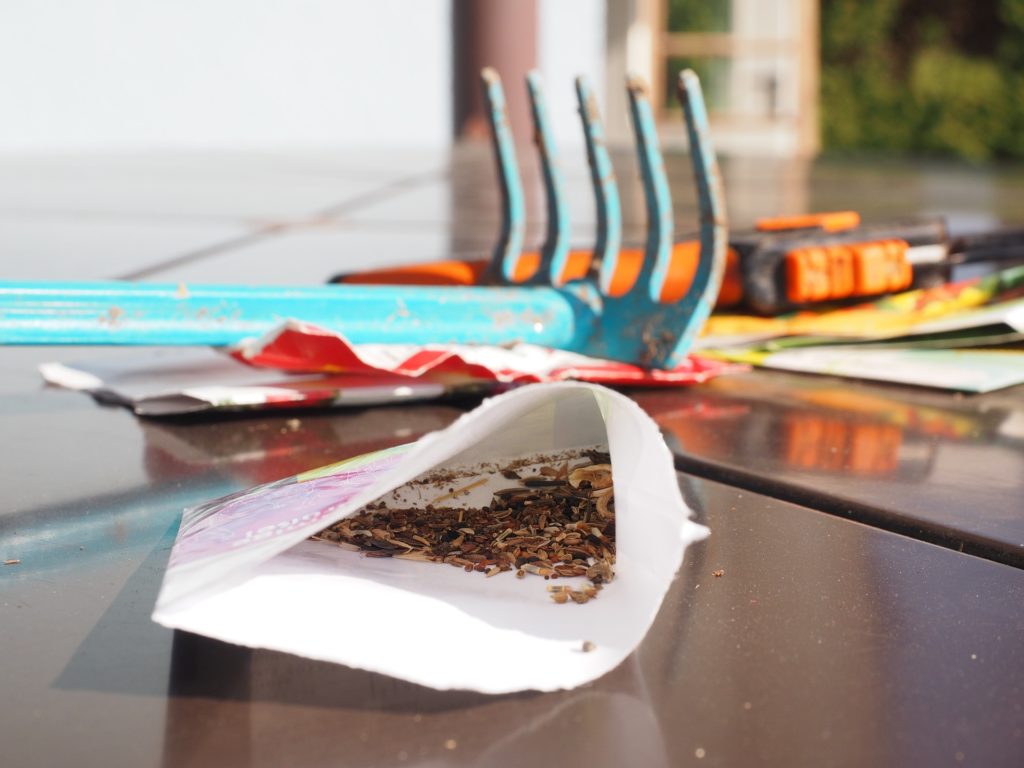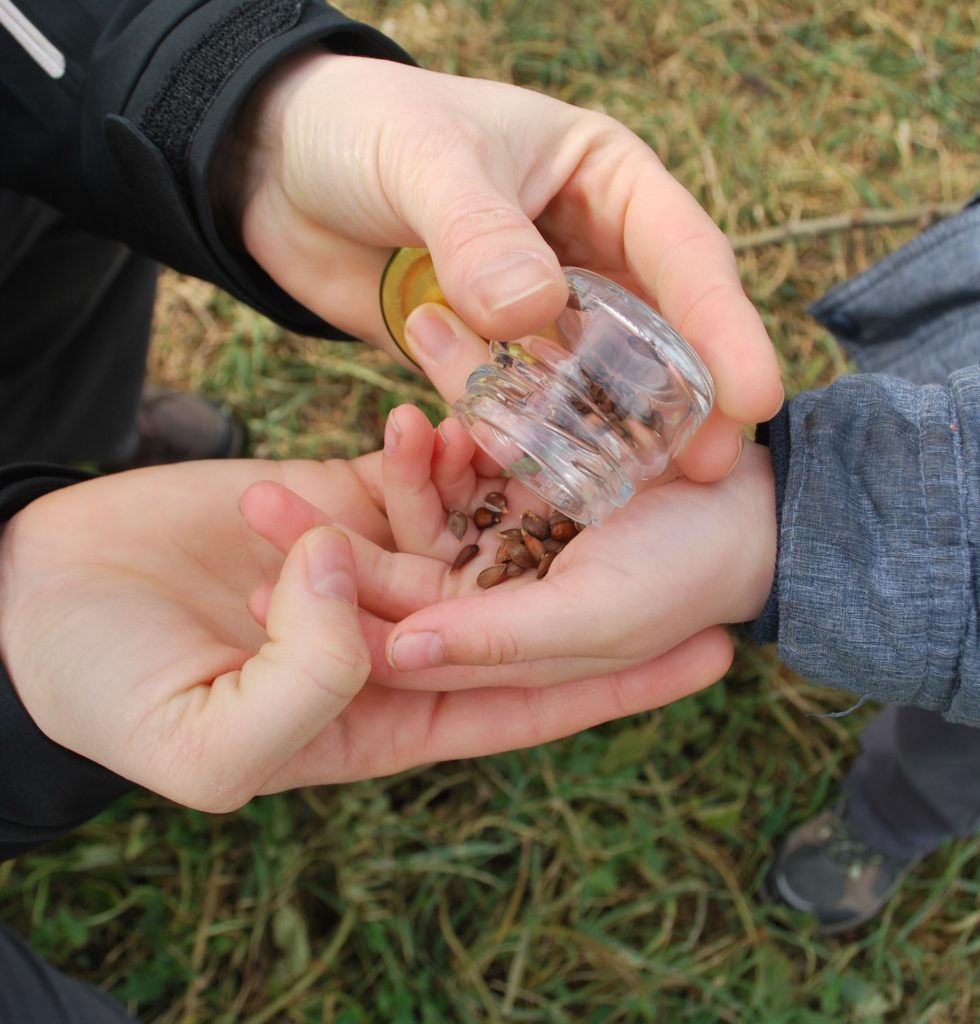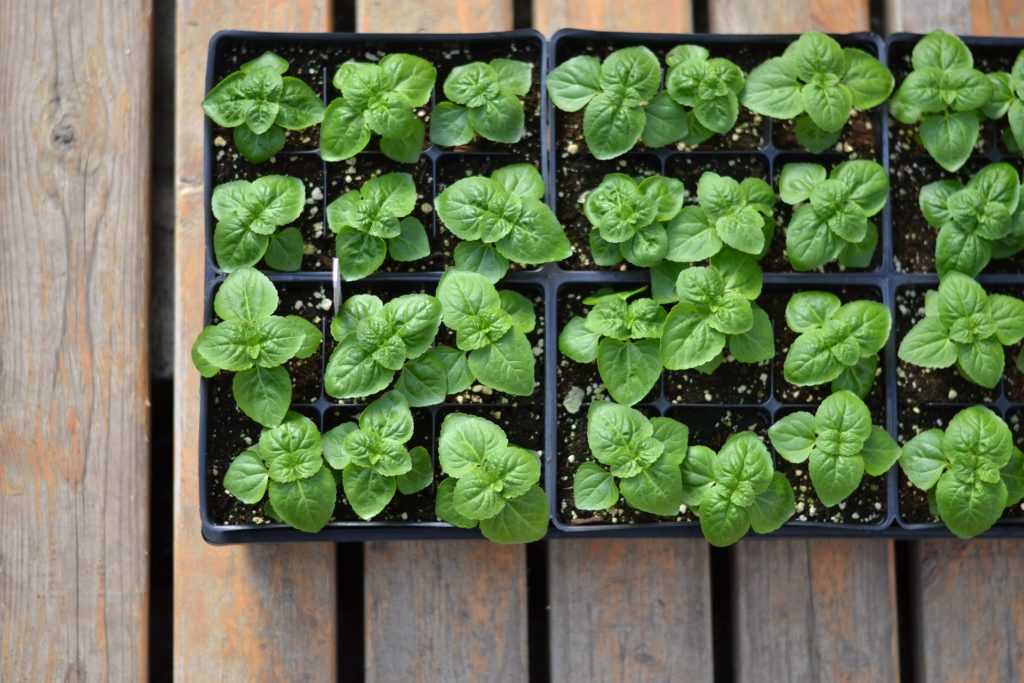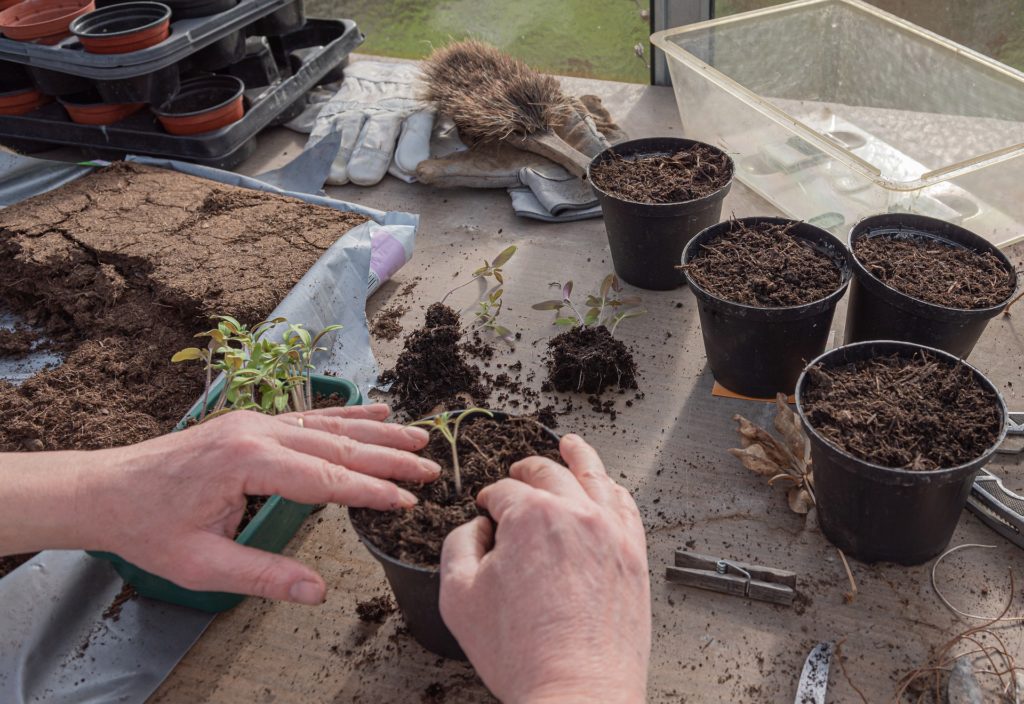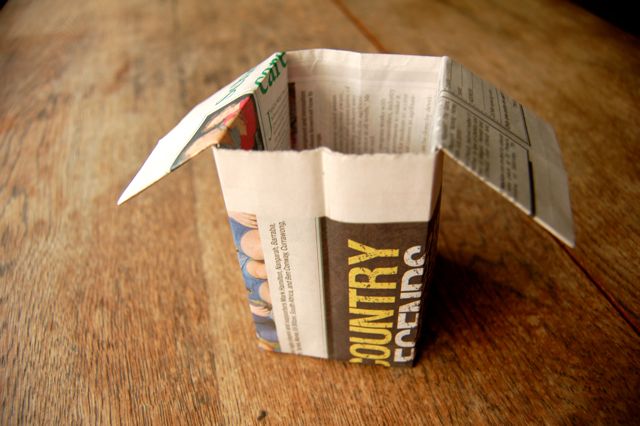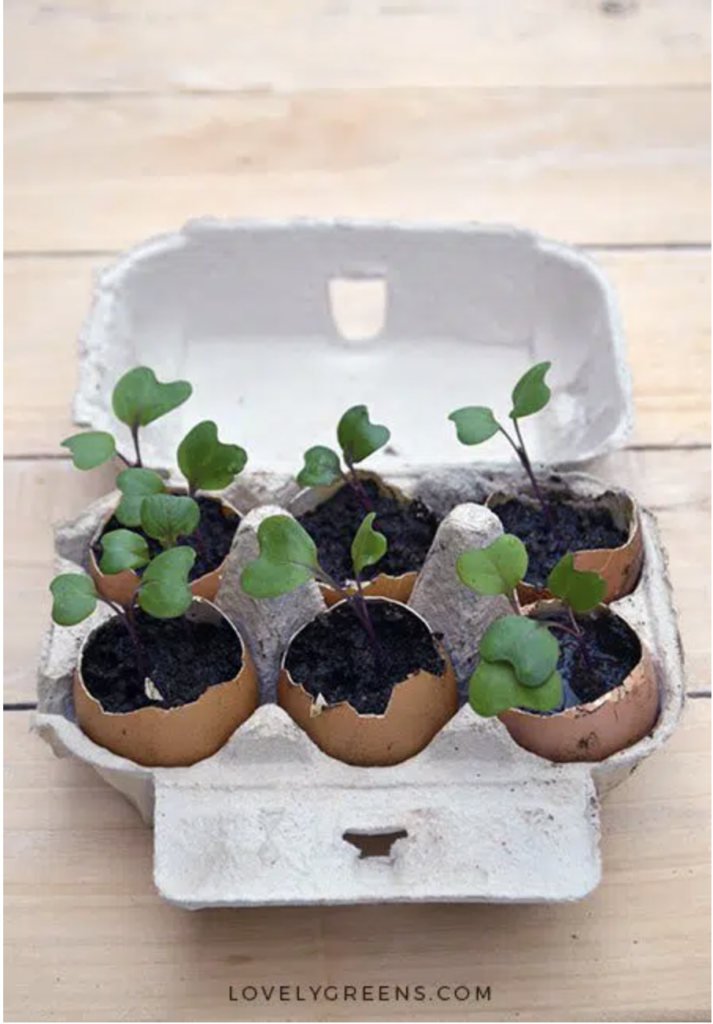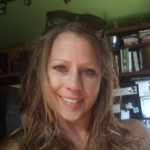
Denise
Professor Communication and Media
Denise is a devoted organic gardener who challenges herself to live as sustainably as possible in her home in southeastern Pennsylvania. She is a professor in the Department of Communication and Media at West Chester University with a Ph.D. from Kent State University. Her teaching and research areas consist of sustainability, close interpersonal relationships, integrating work and family, and conflict resolution.
Learn more about Denise
February 8, 2022
In the Garden of Deeden: Seed starting
The seasonal loss of leaves by deciduous trees and their subsequent dormancy during the winter in northern latitudes is not a scenario that is typically played out in the lowland Amazon rainforest. Stable, warm temperatures and abundant rainfall lead to most trees in the rainforest being evergreens. That doesn’t mean they don’t lose their leaves, they do, but the loss is gradual over time. It is the same with fruit and seeds. Given the species of tree, climate and other forest conditions, trees will drop their fruits and seeds to reproduce. Two major mechanisms are employed. Some trees will produce large seeds with ample food reserves to survive until germination. Other trees produce large amounts of small seeds that remain on the forest floor until growing conditions are optimal. (Mongabay, 2012). During the cold winters here in Pennsylvania, I employ a very different strategy.
Every year I look forward to getting seed catalogs in the mail. They bring warmth in January with the promise that spring is around the corner.

Vintage Seed Catalog 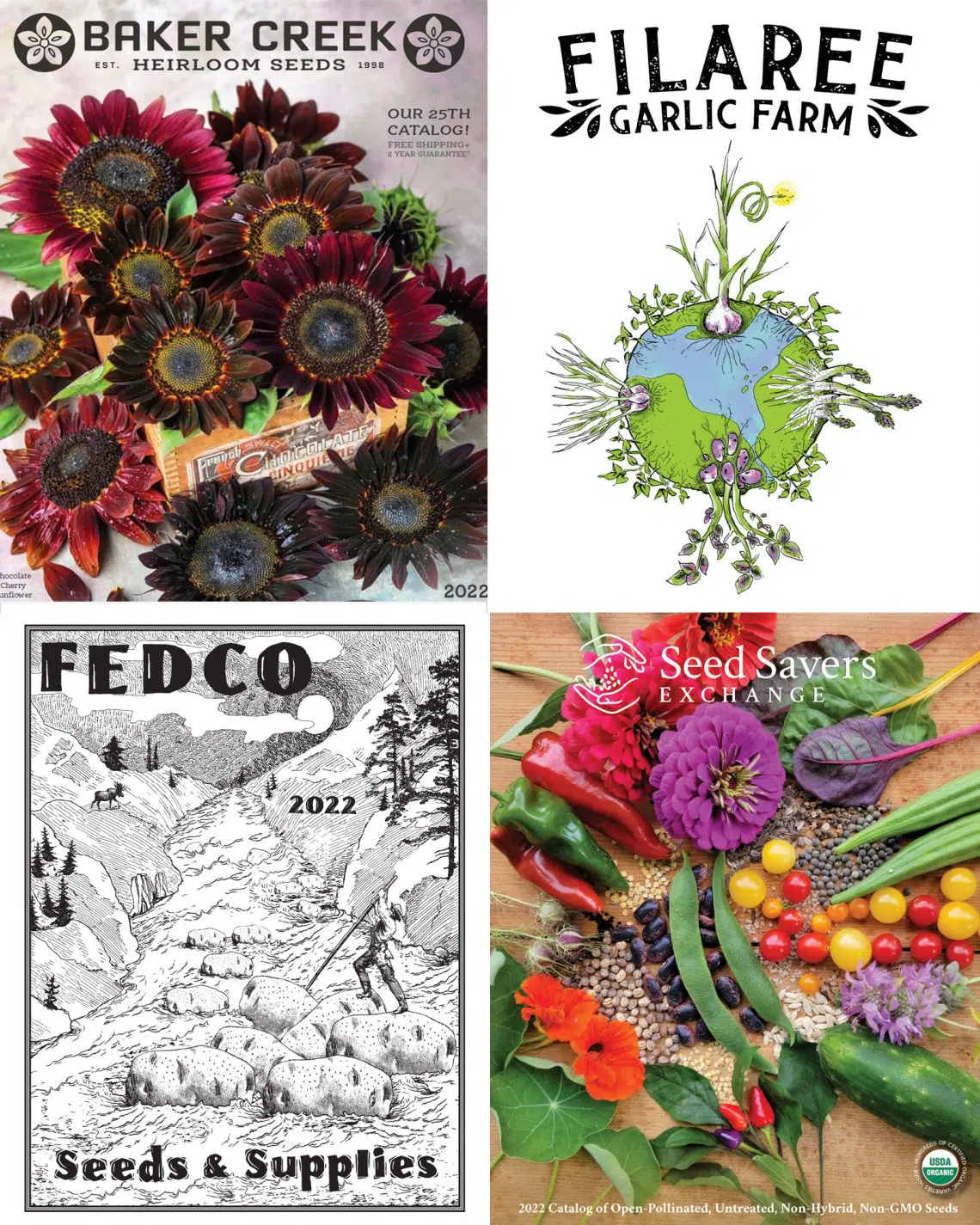
Seed Catalogs
Every year I look forward to getting seed catalogs in the mail. They bring warmth in January with the promise that spring is around the corner. I have a favorite catalog, which has particularly beautiful photographs to accompany varieties of heirloom vegetable, herb, and flower seeds from all around the world. This is different from some of the other catalogs which also include hybrid and, possibly, genetically modified seeds. More on that in a future blog post.
Home gardening has been increasing as people are becoming more aware of the role of food and health. It’s grown monumentally since the onset of the worldwide Covid pandemic. In the 25 years of publication of my favorite seed catalog, they went from a distribution of 550 catalogs to 1.3 million catalogs at present.
Sure, some people go to a local nursery or their growers market and purchase starter plants. There’s certainly nothing wrong with that. The advantage of starting plants from seed, however, is variety. Typically you will find a very limited number of species of plants – names you may recognize like the “big boy tomato” or “supersweet” corn. However, in seed catalogs you have much more variety. In my preferred catalog, they offer approximately 1000 varieties of veggies, herbs, and flowers. It’s been great to experiment and to find both which ones grow best in my soil and which ones I prefer most insofar as taste and texture.
The advantage of starting plants from seed, however, is variety. In my preferred catalog, they offer approximately 1000 varieties of veggies, herbs, and flowers. It’s been great to experiment and to find both which ones grow best in my soil and which ones I prefer most insofar as taste and texture.
It is mystical, perhaps, miraculous that those tiny seeds turn into plants. The seed contains an embryo with food for the embryo as well as a protective covering. Some seeds prefer to be directly sown – put right into the soil outside – typically when the soil and air reaches an ideal temperature. For example, beets, carrots, and beans prefer to be directly sown due to their delicate root system. However, other plants can either be directly sown, or they can be started indoors and transplanted outside at the appropriate time. The distinct advantage of starting seeds indoors is getting a head start. Not only is it advantageous for getting yields earlier, but it often can help prevent certain “bad” bugs from destroying your plants.
To directly sow, just follow the instructions on the seed packet regarding depth, timing and days until harvest. I’ll focus on starting seeds indoors. A good potting soil is a must, and it must be free of contaminants. Sometimes, I’ve made my own seed starting mixture. Although there’s no singular recipe, the one I’ve used is equal parts peat moss, compost, vermiculite, and perlite. (Some people avoid peat moss due to both the fact it is nutrient poor and the overuse of it in agriculture is depleting the peat bogs and impacting the ecosystem of those bogs). I’ve since switched to coir instead of peat when I make my own.
Next, you’ll need something to put the soil and seeds in. I’ve seen many creative ideas. Some people use egg cartons. Some people use actual eggshells, but I don’t have the patience to clean them out to make sure they are sterile. Others use halved cardboard toilet paper rolls with one side folded to create a solid bottom. I do have tiny pots that I can sterilize each year and reuse; however, I also use newspaper pots and I’ve used plastic containers, like the ones you may get when you buy berries.
In order to germinate, different plants have different soil temperature requirements. I try to facilitate this with seed germination mats. They also need to be kept evenly moist, which I do with containers with lids. Many seeds need little light for germination; however, once they germinate, they need a lot of light. Although some sources indicate a sunny windowsill works, I tend to be a little more calculated. I purchased full spectrum grow lights, which I put on a timer. In general, seedlings need 14-16 hours of light per day to get a really good start, which is why I shy away from a south facing window – we certainly don’t get even close to that in January.
Once the plants are ready to be transplanted outside, it is recommended to do something called “hardening them off”. This is the process of allowing a plant to transition from a protected indoor environment to the harsher outdoor conditions — fluctuating temperatures, wind, and full sun exposure. Gradually introducing these outdoor stresses will cause plant growth to change from soft to much firmer and harder, increasing its chance of survival and ability to thrive.
Starting seeds is also a great project for kids and a great way to spend time together. So, you want to see a miracle? Buy some seeds and coax them from germination to maturity to fruitfulness.
Resources
Mongabay. July 31, 2012. The Understory: Seeds and Fruits of the Rainforest.https://rainforests.mongabay.com/0503.htm

